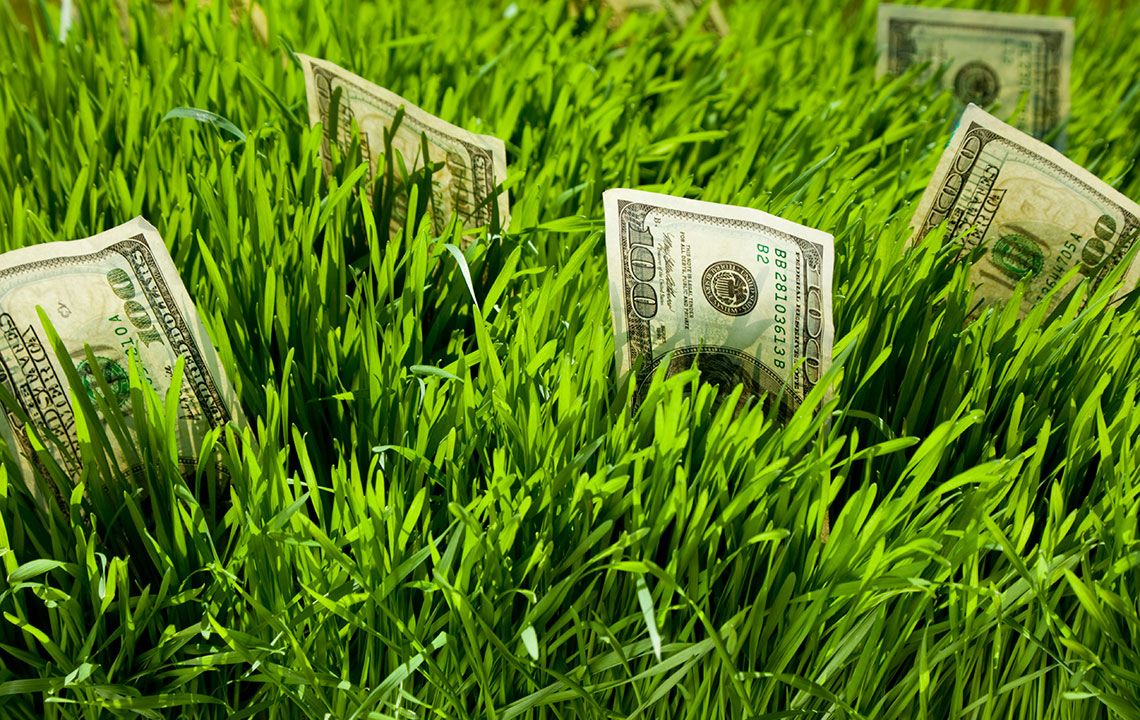
Investing in land can be an excellent way to generate passive income. But not all types of land are equal when it comes to profitability. In 2025, the key to finding the best income-producing land lies in understanding emerging trends and leveraging tax benefits. Here’s a comprehensive guide to help you make the most informed decision.
Types of Land Ideal for Income Generation
1. Farmland for Sustainable Agriculture
Farmland has been a consistent performer for income generation. In 2025, the focus on sustainable farming practices will grow due to increasing environmental concerns and consumer demand for organic and locally sourced produce.
- Profit Sources: Leasing the land to farmers or operating your own farm.
- Why It Works: Demand for organic produce and climate-smart crops is rising. Additionally, USDA grants and incentives support sustainable farming ventures.

2. Timberland
Forests managed for timber can be a lucrative long-term investment. The timber market remains stable, with rising demand for construction and renewable energy products.
- Profit Sources: Harvesting timber periodically and selling carbon credits.
- Tax Advantage: Timber sales often qualify for capital gains tax, which is lower than ordinary income tax rates.

3. Land for Renewable Energy Projects
With the U.S. pushing for renewable energy expansion, leasing land for solar farms or wind turbines is an attractive option.
- Profit Sources: Long-term leases to energy companies or developers.
- Why It Works: Tax credits, such as the federal Solar Investment Tax Credit (ITC), increase the attractiveness of renewable energy land.
4. Recreational Land
Americans’ interest in outdoor activities continues to grow. Recreational lands can be used for hunting, fishing, camping, or even as event spaces.
- Profit Sources: Membership fees, permits, or day-use charges.
- Added Benefit: Recreational land is often less developed, requiring minimal maintenance.
5. Commercial Development Land
As cities expand, strategically located land near urban centers becomes prime real estate for commercial or residential projects.
- Profit Sources: Leasing to developers or selling the land after appreciation.
- Trends to Watch: Hybrid work has increased the demand for mixed-use developments outside major metros.
Tax Benefits and Financial Incentives for Land Investors
Tax strategies can significantly boost your returns when investing in income-generating land. Here are some noteworthy ones:
- Conservation Easements: If you set aside land for conservation, you could qualify for substantial federal tax deductions.
- Depreciation on Improvements: Structures or infrastructure improvements may qualify for depreciation write-offs.
- State-Specific Incentives: Many states offer additional incentives for renewable energy and agriculture-focused land use.
Key Trends Shaping Land Investment in 2025
- Digital Nomad Lifestyle: Smaller towns are expanding, increasing land demand in suburban and semi-rural areas.
- Climate Change Policies: Carbon credit markets and eco-friendly land use strategies are booming.
- Renewable Energy Growth: The U.S. aims to meet 50% renewable energy targets by 2030, driving demand for solar and wind project land.
FAQs About Income-Producing Land
1. How do I evaluate land for investment?
Look for factors like location, zoning laws, accessibility, and natural resources. Consider hiring an expert for due diligence.
2. What is the risk of owning income-producing land?
Risks include market fluctuations, natural disasters, and zoning changes. Diversify your investments to mitigate risk.
3. Are there financing options for buying land?
Yes, many lenders offer loans for agricultural, commercial, and renewable energy land. Check terms carefully.
4. What tax implications should I consider?
Work with a tax advisor to explore deductions, conservation credits, and capital gains tax strategies.
5. How long before I see a return on investment?
ROI depends on the land type. Timberland and farmland may take years, while leases for renewable energy projects often yield returns sooner.
Investing in the right kind of land can provide consistent returns and significant tax advantages. As we move into 2025, aligning your investment with current trends like sustainability, renewable energy, and recreational use will be key to maximizing income.




Leave a Reply